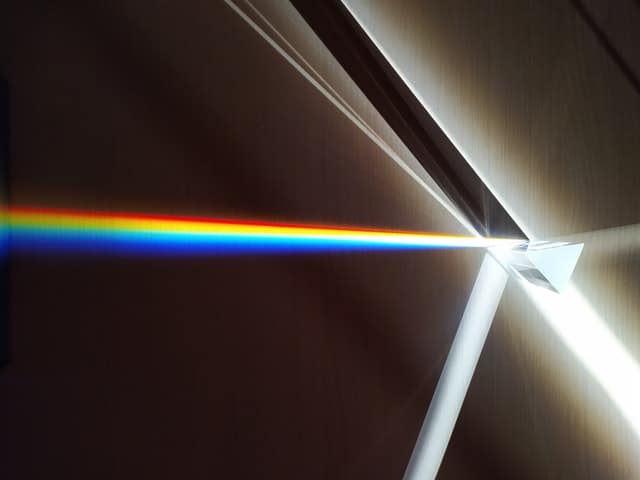
Measures the intensity and duration of solar rays
There are two types of devices called heliographs . On the one hand, this is the name given to an artifact used in the field of meteorology to estimate the intensity and extent of sunshine time . On the other hand, a heliograph is an element that produces telegraphic signals through the reflection of sunlight on a moving mirror.
in meteorology
Let's start by analyzing the heliograph as an instrument of the meteorological field. In this case, the heliograph allows us to analyze how intense the sun's rays that reach a surface are and how long they last.
There are different types of heliographs. While some include clockwork mechanisms for their operation, others appeal to the rotation of planet Earth to calculate time .
The traditional heliograph is made up of a glass ball that concentrates sunlight on a band that, when burned, generates a trace . This band is located at a constant distance from the focus of the sphere.
The duration of insolation, in this way, is determined according to the length of the trace charred by the rays, provided that the sun has shone without pauses. When its brightness is not continuous, the extensions of the segments of the trace are added, which is intermittent.
Bands used by the heliograph
Depending on the time of year, three different kinds of bands are used. Below we will see its description taking the northern hemisphere as a reference:
* straight bands : they are attached to the slots in the center of the support. They are used from the beginning of March to the middle of April and from the beginning of September to the middle of October. Since they are located around the equinoxes, they are known as equinoctial bands ;
* short curved bands : they are located in the slots at the top. Its use takes place between the month of October and the end of February;
* Long curved bands : they are placed in the slots at the bottom. They are useful between April and August.
Settings for your installation
When resting the heliograph on the support, it is necessary to pay attention to the following two points, for which it has reference marks:
* the cap must be positioned so that the midline of the straight band lies in the plane of the celestial equator (the projection of the equatorial line on the celestial sphere);
* The geographic meridian plane must coincide with the vertical plane in which the noon sign and the sphere are located.
In telecommunications
As for the heliograph as a communication tool, it is almost no longer used because it was replaced by radio signals. Before technological advances, this device was useful for sending telegraphic signals, causing the sun's rays to reflect on a movable mirror and thus emitting the signals even from one town to another.

Telegraph signals reflecting sunlight
Telegraph signals are electrical, that is, they are generated through electromagnetic phenomena . They can be digital or analog, depending on whether they vary discretely or continuously over time , respectively. In addition to the mirrors, a device similar to a blind was usually used that was placed between them and the sunlight, so that its opening or closing movement allowed or prevented the passage of the rays.
One of its weak points was that it could only be used during the day, since it depended exclusively on sunlight . Furthermore, this is linked to another of its main disadvantages: anyone outside the system could know if the operators were sending or receiving a message, since it was not easy to hide the mirrors.
